(ECNS) -- Unfold a scroll of Chinese flower-and-bird painting, with magpies chirping amid plum blossoms in the snow.
Birds sing and fragrant flowers bloom, as a painter's emotions are subtly revealed. Flower-and-bird painting is one of three traditional Chinese painting styles. Flowers, birds, fish and insects are common themes.
During the Wei, Jin, Southern and Northern dynasties (220-589), flower-and-bird painting became an independent branch.
It then flourished, with masters emerging one after another. Bian Luan in the middle and late Tang Dynasty (618-907) was talented at painting flowers and birds.
His works were exquisite, so he became known as the "father of flower-and-bird painting." There are three methods to flower-and-bird painting.
Fine brushwork is meticulous with bright colors, while freehand brushwork is concise and elegant.
The third method is the combination of both. Huang Quan's painting Rare Birds depicts 24 kinds of animals in fine strokes, along with vivid descriptions of the wings of birds, the shells of turtles and the antennae of insects.
In Xu Xi's painting Bamboo in the Snow, the tall bamboo plants reveal the aesthetic concept of the painter.
Huang's painting features exquisite and gorgeous strokes, while Xu's work appears bold. The contrast of the two works reflects the different styles of flower-and-bird painting.
The flowers, birds, fish and insects in the painters' works explore the aesthetic relationship between humans and animals.
Plum flowers in the snow, the elegance of an orchid, the straightness of bamboo and the tenacity of chrysanthemum all reflect the Chinese literati's love for nature and life.












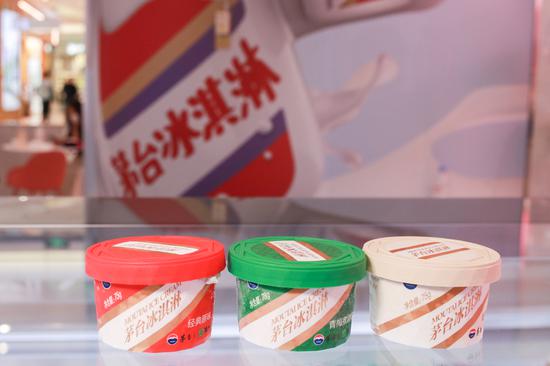



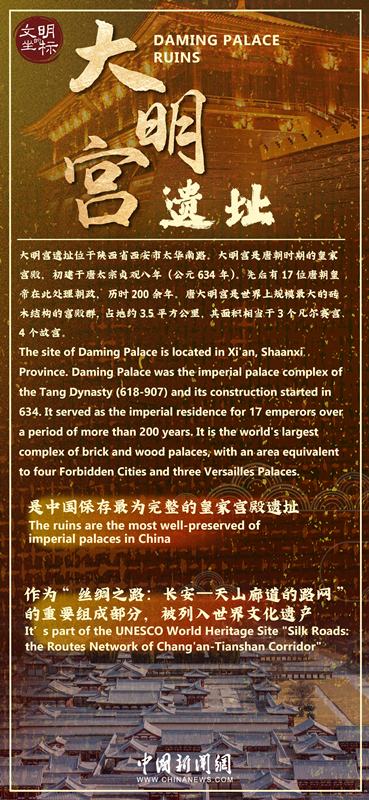

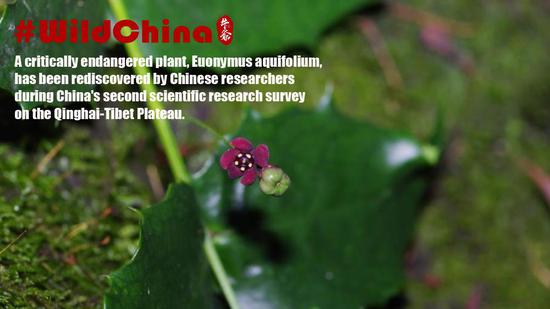


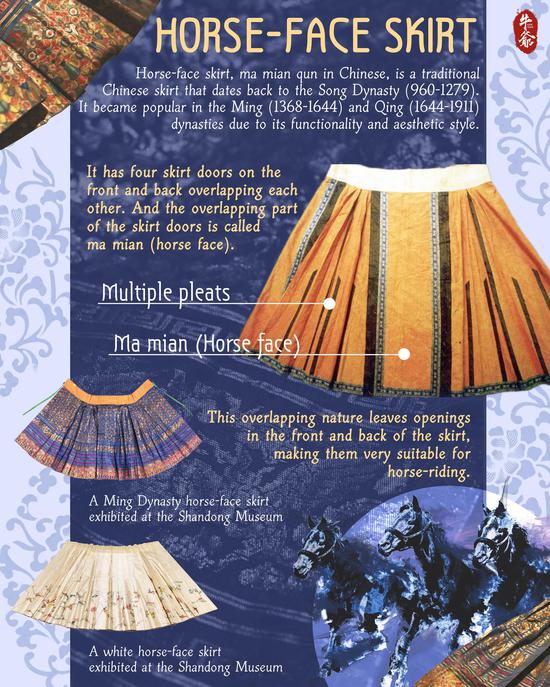



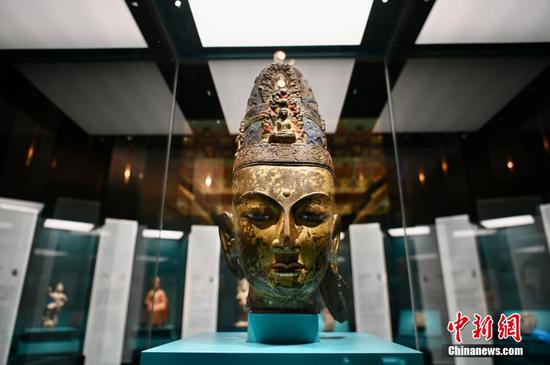







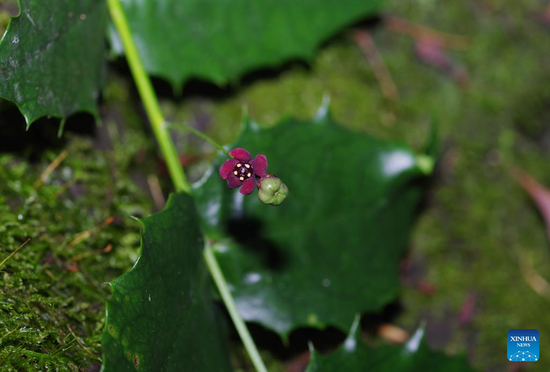

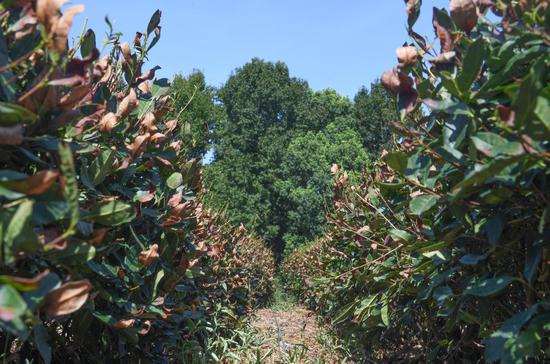

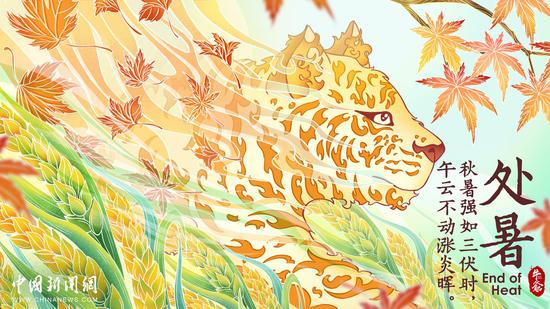

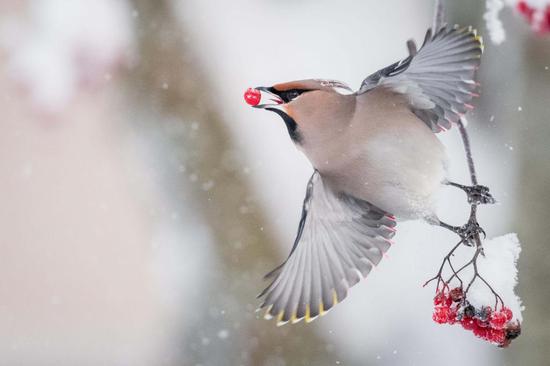










 京公网安备 11010202009201号
京公网安备 11010202009201号